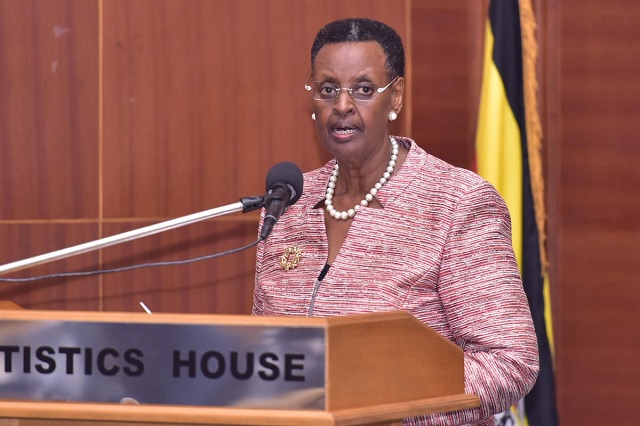
Why cabinet matters more than parliament
| Melinda Adams & John Scherpereel | How do we know whether women are achieving equitable levels of political representation? For many years, scholars have focused on women’s representation in legislatures. But in many African states power is in fact concentrated in the executive branch.
In most African countries heads of state and cabinet ministers enjoy significant discretion over resource distribution and policy agendas. This means that it’s important to pay close attention to who holds executive posts when trying to work out the role of women in a particular country.
Ethiopia and Rwanda stand out head and shoulders above other African countries. Last year both appointed cabinets with 50% women representation. This meant that they joined eight other states in the world that have achieved at least 50% women in the cabinet.
Rwanda and Ethiopia have also received attention for their gains in women’s legislative representation. They rank 1st and 18th in the world for women’s representation in national parliaments.
This makes it tempting to view women’s legislative and cabinet representation as linked or correlated. But the findings of a paper we wrote with political economist Suraj Jacob suggest it’s best to avoid making this link. We found that African countries with high levels of women’s legislative representation didn’t necessarily have high levels of women’s cabinet representation.
Our findings suggest that even in contexts where pathways to women’s legislative representation are blocked, there can still be breakthroughs in women’s cabinet representation. Such breakthroughs can influence policies.
The top 10
Our study put together data on women’s cabinet representation in all African countries from 1979 to 2010. We also used the International Parliamentary Union’s data on women’s legislative representation in African countries over that period.
In aggregate, we found that the trends for legislators and cabinet members were relatively similar. Women’s legislative representation grew from a continent-wide average of 7.2% in 1979 to 18% in 2009. Women’s cabinet representation rose from 3.5% to 18.7% in 2009.
But the aggregated data masked important country-level variation.
For each year from 1979 and 2009, we compiled two “African top 10” lists. The first list identified the 10 countries with the highest percentages of women legislators. The second list identified the 10 countries with the highest shares of women cabinet members. We found that just four countries per year, on average, appeared on both lists.
The number of overlaps ranged from two to six across the 16 examined years. But updated data continue to demonstrate such misfits. In 2017, for example, just four countries – Rwanda, South Africa, Uganda, and Namibia – appeared on both lists. The inclusion of Ethiopia, which increased women’s cabinet representation last year, would still mean that only half of the countries on the lists overlap.
In strong executive countries where women’s legislative gains are not matched by women’s cabinet gains, women MPs are likely to encounter serious barriers. On the other hand, women cabinet members in strong executive countries with male-dominated parliaments may be able to effect significant change.
 The Independent Uganda: You get the Truth we Pay the Price
The Independent Uganda: You get the Truth we Pay the Price


